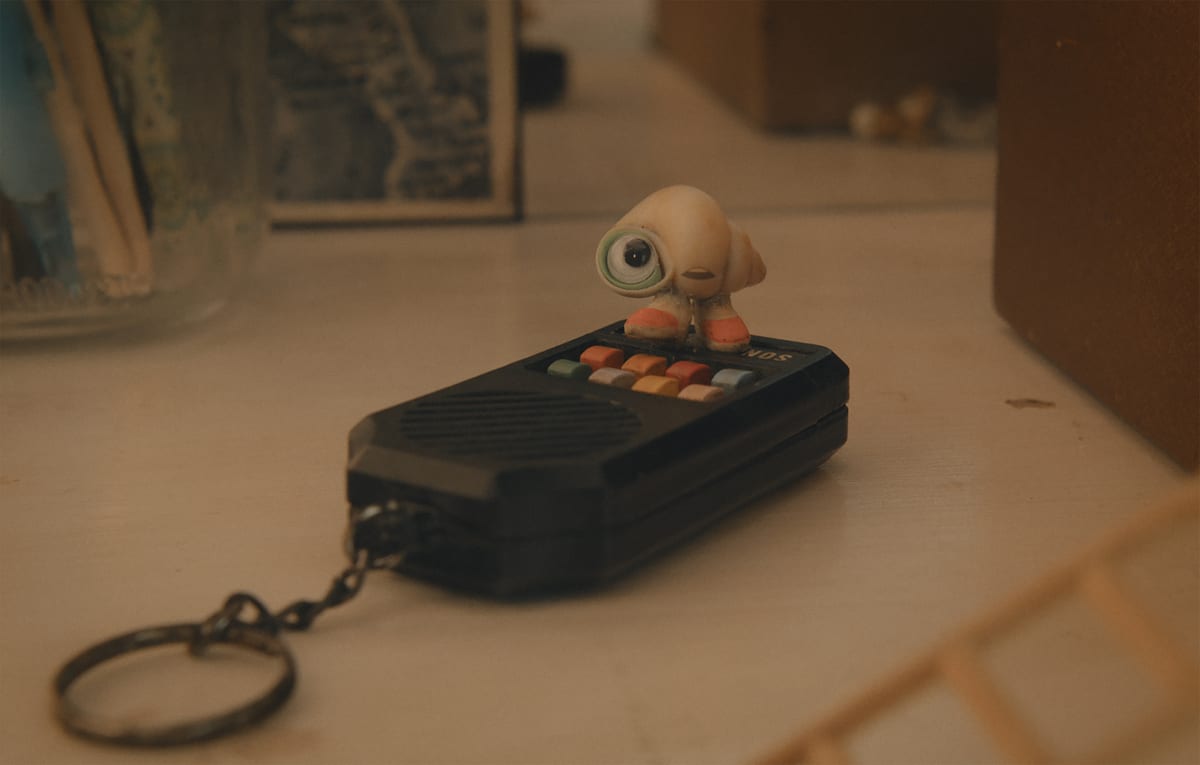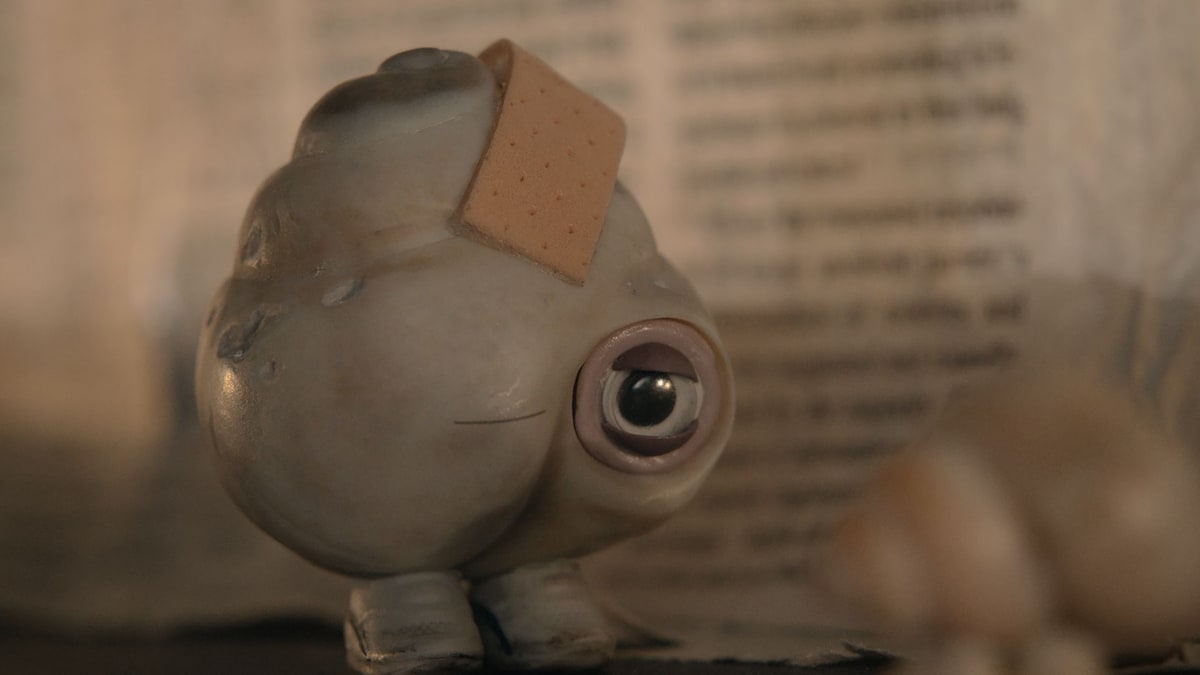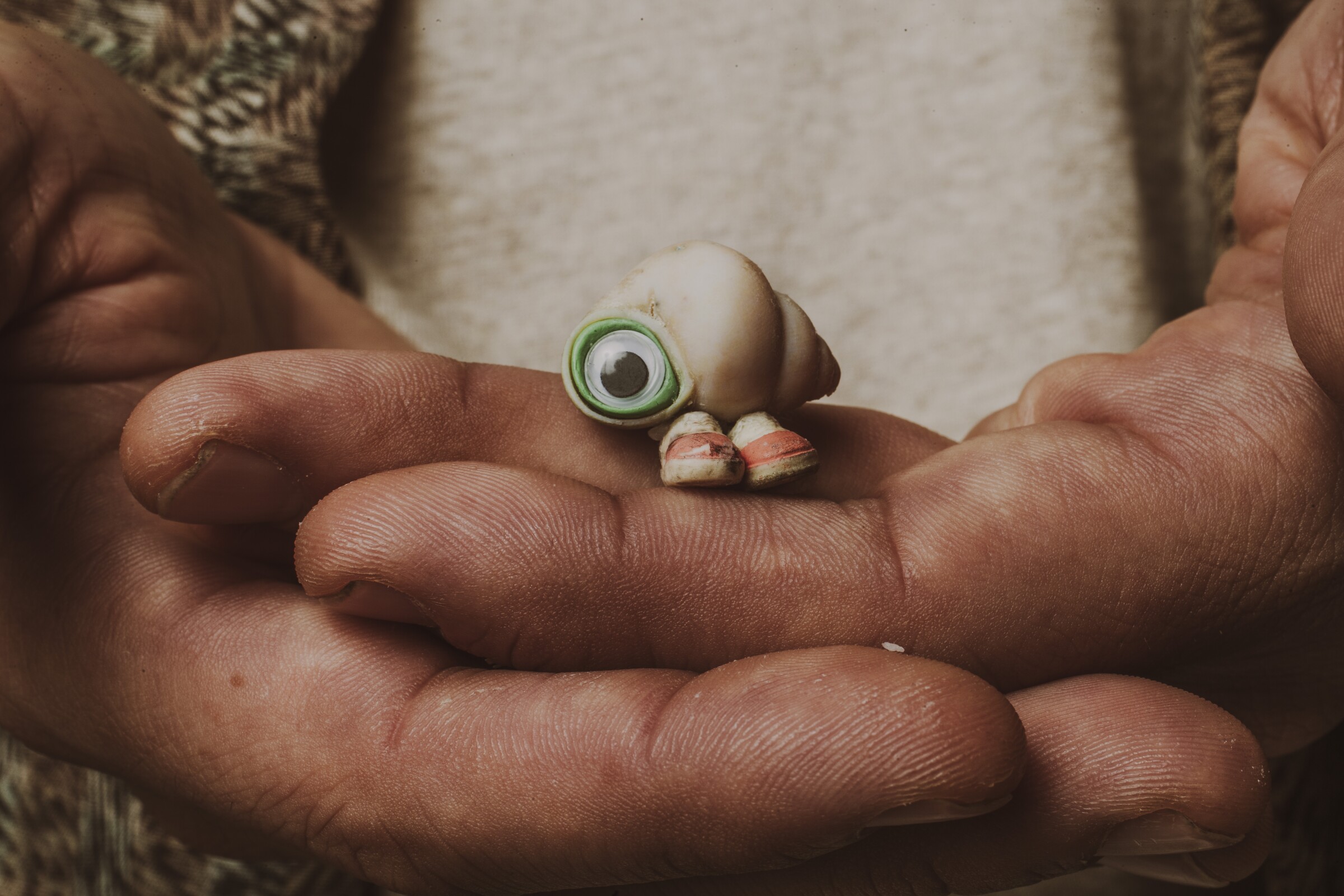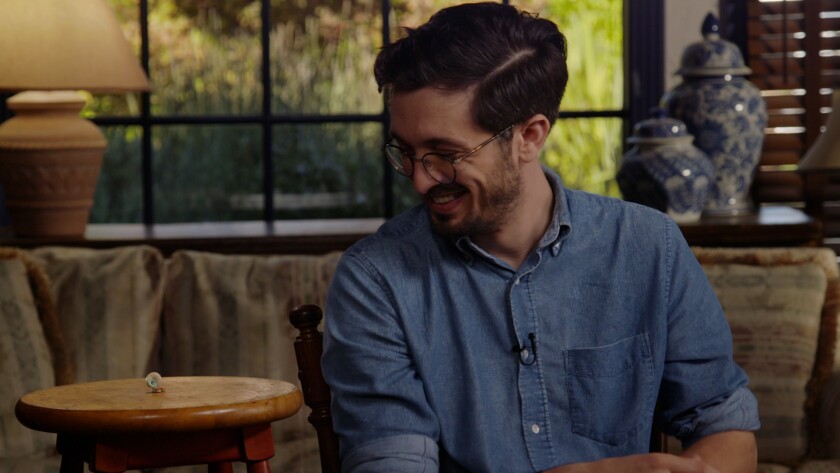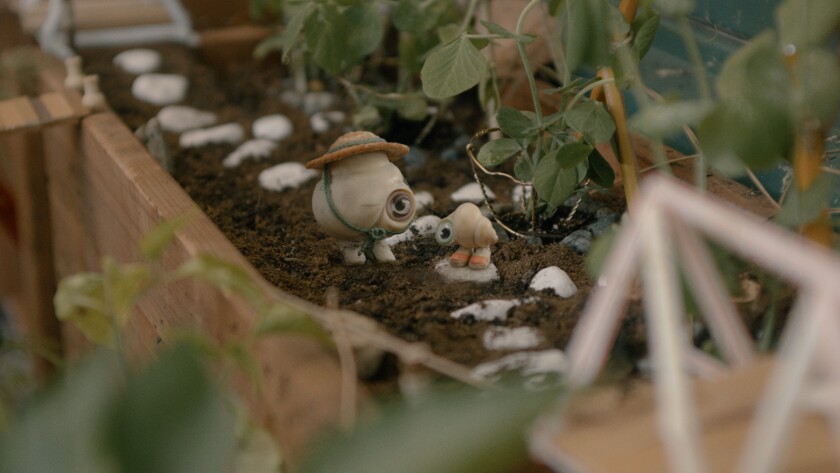19 When Jesus had finished saying these things, he left Galilee and went into the region of Judea to the other side of the Jordan. 2 Large crowds followed him, and he healed them there.3 Some Pharisees came to him to test him. They asked, “Is it lawful for a man to divorce his wife for any and every reason?”4 “Haven’t you read,” he replied, “that at the beginning the Creator ‘made them male and female,’[a] 5 and said, ‘For this reason a man will leave his father and mother and be united to his wife, and the two will become one flesh’[b]? 6 So they are no longer two, but one flesh. Therefore what God has joined together, let no one separate.”7 “Why then,” they asked, “did Moses command that a man give his wife a certificate of divorce and send her away?”8 Jesus replied, “Moses permitted you to divorce your wives because your hearts were hard. But it was not this way from the beginning. 9 I tell you that anyone who divorces his wife, except for sexual immorality, and marries another woman commits adultery.”10 The disciples said to him, “If this is the situation between a husband and wife, it is better not to marry.”11 Jesus replied, “Not everyone can accept this word, but only those to whom it has been given. 12 For there are eunuchs who were born that way, and there are eunuchs who have been made eunuchs by others—and there are those who choose to live like eunuchs for the sake of the kingdom of heaven. The one who can accept this should accept it.”
And not being naive, there are as many toxic relationships between gay couples as there are between heterosexual couples; these should be abandoned unless they can be righted through love and repentance to one another.
Vines, Matthew, God and the Gay Christian: The Biblical Case in Support of Same Sex Relationships, Convergent Books, 2014Wilson, Ken, A Letter to My Congregation, David Crum Media, 2014.
The relationship of homosexuality to Christianity is one of the main topics of discussion in our culture today. In the fall of last year I wrote a review of books by Wesley Hill and Sam Allberry that take the historic Christian view, in Hill’s words: “that homosexuality was not God’s original creative intention for humanity ... and therefore that homosexual practice goes against God’s express will for all human beings, especially those who trust in Christ.”
There are a number of other books that take the opposite view, namely that the Bible either allows for or supports same sex relationships. Over the last year or so I (and other pastors at Redeemer) have been regularly asked for responses to their arguments. The two most read volumes taking this position seem to be those by Matthew Vines and Ken Wilson. The review of these two books will be longer than usual because the topic is so contested today and, while I disagree with the authors’ theses, a too-brief review can’t avoid appearing cursory and dismissive. Hence the length.
I see six basic arguments that these books and others like them make.
Knowing gay people personally.
Vines and Wilson relate stories of people who were sure that the Bible condemned homosexuality. However, they were brought to a change of mind through getting to know gay people personally. It is certainly important for Christians who are not gay to hear the hearts and stories of people who are attracted to the same sex.
And when I see people discarding their older beliefs that homosexuality is sinful after engaging with loving, wise, gay people, I’m inclined to agree that those earlier views were likely defective. In fact, they must have been essentially a form of bigotry. They could not have been based on theological or ethical principles, or on an understanding of historical biblical teaching. They must have been grounded instead on a stereotype of gay people as worse sinners than others (which is itself a shallow theology of sin.) So I say good riddance to bigotry. However, the reality of bigotry cannot itself prove that the Bible never forbids homosexuality. We have to look to the text to determine that.
Consulting historical scholarship.
Vines and Wilson claim that scholarly research into the historical background show that biblical authors were not forbidding all same sex relationships, but only exploitative ones — pederasty, prostitution, and rape. Their argument is that Paul and other biblical writers had no concept of an innate homosexual orientation, that they only knew of exploitative homosexual practices, and therefore they had no concept of mutual, loving, same-sex relationships.
These arguments were first asserted in the 1980s by John Boswell and Robin Scroggs. Vines, Wilson and others are essentially repopularizing them. However, they do not seem to be aware that the great preponderance of the best historical scholarship since the 1980s — by the full spectrum of secular, liberal and conservative researchers — has rejected that assertion. Here are two examples.
Bernadette Brooten and William Loader have presented strong evidence that homosexual orientation was known in antiquity. Aristophanes' speech in Plato's Symposium, for example, tells a story about how Zeus split the original human beings in half, creating both heterosexual and homosexual humans, each of which were seeking to be reunited to their “lost halves” — heterosexuals seeking the opposite sex and homosexuals the same sex. Whether Aristophanes believed this myth literally is not the point. It was an explanation of a phenomenon the ancients could definitely see — that some people are inherently attracted to the same sex rather than the opposite sex.
Contra Vines, et al, the ancients also knew about mutual, non-exploitative same sex relationships. In Romans 1, Paul describes homosexuality as men burning with passion “for one another” (verse 27). That is mutuality. Such a term could not represent rape, nor prostitution, nor pederasty (man/boy relationships). Paul could have used terms in Romans 1 that specifically designated those practices, but he did not. He categorically condemns all sexual relations between people of the same sex, both men and women. Paul knew about mutual same-sex relationships, and the ancients knew of homosexual orientation. Nonetheless “Nothing indicates that Paul is exempting some same-sex intercourse as acceptable.” (Loader, Making Sense of Sex, p.137).
I urge readers to familiarize themselves with this research. A good place to start is the Kindle book by William Loader Sexuality in the New Testament (2010) or his much larger The New Testament on Sexuality (2012). Loader is the most prominent expert on ancient and biblical views of sexuality, having written five large and two small volumes in his lifetime. It is worth noting that Loader himself does not personally see anything wrong with homosexual relationships; he just — rightly and definitively — proves that you can’t get the Bible itself to give them any support.
Re-categorizing same sex relations.
A third line of reasoning in these volumes and others like them involves recategorization. In the past, homosexuality was categorized by all Christian churches and theology as sin. However, many argue that homosexuality should be put in the same category as slavery and segregation. Vines writes, for example, that the Bible supported slavery and that most Christians used to believe that some form of slavery was condoned by the Bible, but we have now come to see that all slavery is wrong. Therefore, just as Christians interpreted the Bible to support segregation and slavery until times changed, so Christians should change their interpretations about homosexuality as history moves forward.
But historians such as Mark Noll (America’s God, 2005 and The Civil War as a Theological Crisis, 2006) have shown the 19th century position some people took that the Bible condoned race-based chattel slavery was highly controversial and never a consensus. Most Protestants in Canada and Britain (and many in the northern U.S. states) condemned it as being wholly against the Scripture. Rodney Stark (For the Glory of God, 2003) points out that the Catholic church also came out early against the African slave trade. David L. Chappell in his history of the Civil Rights Movement (A Stone of Hope, 2003) went further. He proves that even before the Supreme Court decisions of the mid-50s, almost no one was promoting the slender and forced biblical justifications for racial superiority and segregation. Even otherwise racist theologians and ministers could not find a basis for white supremacy in the Bible.
So we see the analogy between the church’s view of slavery and its view of homosexuality breaks down. Up until very recently, all Christian churches and theologians unanimously read the Bible as condemning homosexuality. By contrast, there was never any consensus or even a majority of churches that thought slavery and segregation were supported by the Bible. David Chappell shows that even within the segregationist South, efforts to support racial separation from the Bible collapsed within a few years. Does anyone really think that within a few years from now there will be no one willing to defend the traditional view of sexuality from biblical texts? The answer is surely no. This negates the claim that the number, strength, and clarity of those biblical texts supposedly supporting slavery and those texts condemning homosexuality are equal, and equally open to changed interpretations.
Wilson puts forward a different form of the recategorization argument when he says the issue of same-sex relations in the church is like issues of divorce and remarriage, Christian participation in war, or the use of in vitro fertilization. We can extend that list to include matters such as women’s roles in ministry and society, as well as views of baptism, charismatic gifts, and so on. These are “issues where good Christians differ.” We may believe that another Christian with a different view of divorce is seriously wrong, but we don’t say this means his or her view undermines orthodox Christian faith. Wilson, Vines, and many others argue that same-sex relations must now be put into this category. Since we see that there are sincere Christians who disagree over this, it is said, we should “agree to disagree” on this.
However history shows that same-sex relations do not belong in this category, either. Around each of the other items on Wilson’s list there are long-standing and historical divisions within the church. There have always been substantial parts of the church that came to different positions on these issues. But until very, very recently, there had been complete unanimity about homosexuality in the church across all centuries, cultures, and even across major divisions of the Orthodox, Roman Catholic, and Protestant traditions. So homosexuality is categorically different. One has to ask, then, why is it the case that literally no church, theologian, or Christian thinker or movement ever thought that any kind of same sex relationships was allowable until now?
One answer to the question is an ironic one. During the Civil War, British Presbyterian biblical scholars told their southern American colleagues who supported slavery that they were reading the Scriptural texts through cultural blinders. They wanted to find evidence for their views in the Bible and voila — they found it. If no Christian reading the Bible — across diverse cultures and times — ever previously discovered support for same-sex relationships in the Bible until today, it is hard not to wonder if many now have new cultural spectacles on, having a strong predisposition to find in these texts evidence for the views they already hold.
What are those cultural spectacles? The reason that homosexual relationships make so much more sense to people today than in previous times is because they have absorbed late modern western culture’s narratives about the human life. Our society presses its members to believe “you have to be yourself,” that sexual desires are crucial to personal identity, that any curbing of strong sexual desires leads to psychological damage, and that individuals should be free to live as they alone see fit.
These narratives have been well analyzed by scholars such as Robert Bellah and Charles Taylor. They are beliefs about the nature of reality that are not self-evident to most societies and they carry no more empirical proof than any other religious beliefs. They are also filled with inconsistencies and problems. Both Vines and Wilson largely assume these cultural narratives. It is these faith assumptions about identity and freedom that make the straightforward reading of the biblical texts seem so wrong to them. They are the underlying reason for their views, but they are never identified or discussed.
Revising biblical authority.
Vines and Wilson claim that they continue to hold to a high view of biblical authority, and that they believe the Bible is completely true, but that they don’t think it teaches all same-sex relations are wrong. Vines argues that while the Levitical code forbids homosexuality (Leviticus 18:22) it also forbids eating shellfish (Leviticus 11:9-12). Yet, he says, Christians no longer regard eating shellfish as wrong — so why can’t we change our minds on homosexuality? Here Vines is rejecting the New Testament understanding that the ceremonial laws of Moses around the sacrificial system and ritual purity were fulfilled in Christ and no longer binding, but that the moral law of the Old Testament is still in force. Hebrews 10:16, for example, tells us that the Holy Spirit writes “God’s laws” on Christians’ hearts (so they are obviously still in force), even though that same book of the Bible tells us that some of those Mosaic laws — the ceremonial — are no longer in binding on us. This view has been accepted by all branches of the church since New Testament times.
When Vines refuses to accept this ancient distinction between the ceremonial and moral law, he is doing much more than simply giving us an alternative interpretation of the Old Testament — he is radically revising what biblical authority means. When he says “Christians no longer regard eating shellfish as wrong,” and then applies this to homosexuality (though assuming that Leviticus 19:18 — the Golden Rule — is still in force), he is assuming that it is Christians themselves, not the Bible, who have the right to decide which parts of the Bible are essentially now out of date. That decisively shifts the ultimate authority to define right and wrong onto the individual Christian and away from the biblical text.
The traditional view is this: Yes, there are things in the Bible that Christians no longer have to follow but, if the Scripture is our final authority, it is only the Bible itself that can tell us what those things are. The prohibitions against homosexuality are re-stated in the New Testament (Romans 1, 1 Corinthians 6, 1 Timothy 1) but Jesus himself (Mark 7), as well as the rest of the New Testament, tells us that the clean laws and ceremonial code is no longer in force.
Vines asserts that he maintains a belief in biblical authority, but with arguments like this one he is actually undermining it. This represents a massive shift in historic Christian theology and life.
Being on the wrong side of history.
More explicit in Wilson’s volume than Vines' is the common argument that history is moving toward greater freedom and equality for individuals, and so refusing to accept same-sex relationships is a futile attempt to stop inevitable historical development. Wilson says that the “complex forces” of history showed Christians that they were wrong about slavery and something like that is happening now with homosexuality.
Charles Taylor, however, explains how this idea of inevitable historical progress developed out of the Enlightenment optimism about human nature and reason. It is another place where these writers seem to uncritically adopt background understandings that are foreign to the Bible. If we believe in the Bible’s authority, then shifts in public opinion should not matter. The Christian faith will always be offensive to every culture at some points.
And besides, if you read Eric Kaufmann’s Shall the Religious Inherit the Earth? (2010) and follow the latest demographic research, you will know that the world is not inevitably becoming more secular. The percentage of the world’s population that are non-religious, and that put emphasis on individuals determining their own moral values, is shrinking. The more conservative religious faiths are growing very fast. No one studying these trends believes that history is moving in the direction of more secular societies.
Missing the biblical vision.
The saddest thing for me as a reader was how, in books on the Bible and sex, Vines and Wilson concentrated almost wholly on the biblical negatives, the prohibitions against homosexual practice, instead of giving sustained attention to the high, (yes) glorious Scriptural vision of sexuality. Both authors rightly say that the Bible calls for mutual loving relationships in marriage, but it points to far more than that.
In Genesis 1 you see pairs of different but complementary things made to work together: heaven and earth, sea and land, even God and humanity. It is part of the brilliance of God’s creation that diverse, unlike things are made to unite and create dynamic wholes which generate more and more life and beauty through their relationships. As N.T. Wright points out, the creation and uniting of male and female at the end of Genesis 2 is the climax of all this.
That means that male and female have unique, non-interchangeable glories — they each see and do things that the other cannot. Sex was created by God to be a way to mingle these strengths and glories within a life-long covenant of marriage. Marriage is the most intense (though not the only) place where this reunion of male and female takes place in human life. Male and female reshape, learn from, and work together.
Therefore, in one of the great ironies of late modern times, when we celebrate diversity in so many other cultural sectors, we have truncated the ultimate unity-in-diversity: inter-gendered marriage.
Without understanding this vision, the sexual prohibitions in the Bible make no sense. Homosexuality does not honor the need for this rich diversity of perspective and gendered humanity in sexual relationships. Same-sex relationships not only cannot provide this for each spouse, they can’t provide children with a deep connection to each half of humanity through a parent of each gender.
This review has been too brief to give these authors the credit they are due for maintaining a respectful and gracious tone throughout. We live in a time in which civility and love in these discussions is fast going away, and I am thankful the authors are not part of the angry, caustic flow. In this regard they are being good examples, but because I think their main points are wrong, I have had to concentrate on them as I have in this review. I hope I have done so with equal civility.
* * * * * * *





